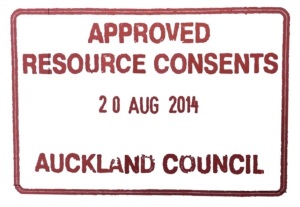The Resource Consent Hierarchy
The RMA breaks activities up into five different levels, ranging from activities that have limited environmental impact, to those with the potential to pose a major risk to the environment. The particular level that your proposed activity falls into will determine:
The five different levels of activities are listed below:
No Resource Consent is required for permitted activities and Resource Consent applications will not be accepted for Prohibited Activities. For all activities in between, a Resource Consent is required.
To notify or not to notify? That is the question!
Sections 93 to 94D of the Resource Management Act (RMA) set out the requirements for notification, non-notification and limited notification. With the exception of controlled activities, the presumption is that an application will be publicly notified in accordance with section 93, unless the criteria for limited notification or non-notification are met.
The starting point for all notification decisions is the category of activity involved (controlled, restricted discretionary, discretionary or non-complying). Different tests apply to each type of activity.
An application for any type of activity must be publicly notified if the applicant has requested it. Also, if there are special circumstances involved, the Council may choose to publicly notify the application regardless of any other matters.
What needs to be included in a Resource Consent
Basic information requested for a Subdivision Consent application:
Basic information requested for a Land Use Consent application:
 What is a Resource Consent?
What is a Resource Consent?